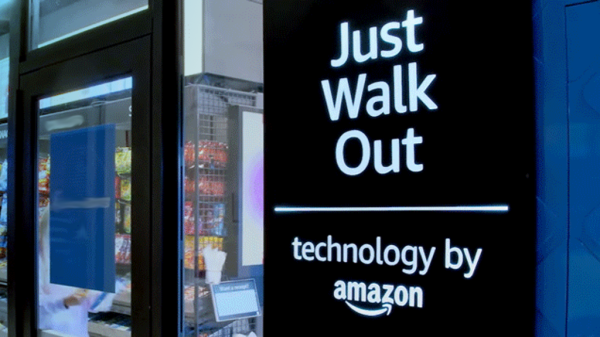When you’re an entrepreneur with a small staff, you may be in the habit of running your team casually.
While there’s nothing wrong with creating a casual environment for your team (most people function better in a relaxed environment), it’s wise to pay close attention to certain legal details to make sure you’re covered.
It’s easy to misinterpret certain aspects of labor law since there is a lot of misinformation about what you can and cannot do inside of an employee-employer relationship. And since labor laws vary from state to state, it can be even more confusing.
As an entrepreneur, it might be strange to think of yourself as an employer. But when you’re the boss, there’s no way around it.
Here are two employment myths you might face as an entrepreneur along with the information you need to discern what’s actually true. Because these myths carry a lot of risk to your business, it’s important that you contact an attorney for advice.
1. Employees can waive their meal breaks without compensation
It’s a common assumption that any agreement in writing is an enforceable, legally binding contract, no matter what it contains. And for the most part, that’s true.
However, there are certain rights that cannot be signed away so easily.
For example, many states in the US have strict regulations around when and how employees can forfeit their unpaid meal breaks.
While meal breaks aren’t required at the Federal level, they are mandated at the state level and each state has different requirements that must be followed by employers. While some states allow employees to waive their meal breaks, on the other end of that the employer is usually required to compensate the employee.
For example, in California an employee can waive their 30-minute unpaid meal break only if they do so in writing and their scheduled shift is no more than 6 hours. In other words, when a shift is more than 6 hours, the meal break cannot be waived.
Additionally, when an employee waives their unpaid meal break, they must be paid for an on duty meal break and be compensated with an extra hour of pay for the day.
Vermont, on the other hand, provides no specific provisions for meal breaks and according to the Department of Labor, “Employees are to be given ’reasonable opportunities’ during work periods to eat and use toilet facilities in order to protect the health and hygiene of the employee.”
As you can see, some states have specific regulations while others have general rules that can be interpreted differently by each employer. It’s best not to make any assumptions and contact a labor law attorney to help you determine exactly what laws apply to you.
2. You own the copyright to all employee works
So you’ve hired both an employee and an independent contractor to design some graphics for your website. You might assume you automatically own the copyright to those graphics. After all, if you paid money, shouldn’t you own it?
While you may have paid a small fortune for your graphics, you may not be the legal copyright holder.
Employees vs. independent contractors:
When your employee creates a work (like graphic design) as part of their job, it’s automatically considered a “work made for hire,” which means you own the copyright. An independent contractor, however, is different.
While any legitimate work made for hire will give you the copyright, just because you created a work for hire agreement with your independent contractor doesn’t mean the work actually falls under the category of a work made for hire.
According to the Copyright Act (17 U.S.C. § 101) a work made for hire is defined as “a work specially ordered or commissioned for use as a contribution to a collective work, as a part of a motion picture or other audiovisual work, as a translation, as a supplementary work, as a compilation, as an instructional text, as a test, as answer material for a test, or as an atlas.”
This means that unless your graphic design work (or other work you paid for) meets these requirements, it’s not a work made for hire.
In order to obtain the copyright, you need to obtain a copyright transfer directly from the creator, even though you’ve already paid for the work.
The boundaries of intellectual property rights can be confusing. You can protect your business by playing it safe and not making any assumptions before consulting an attorney to help you discern the specific laws in your state.












































Pingback: If your dentist pulls teeth while hoverboarding this article is for you - The American Genius